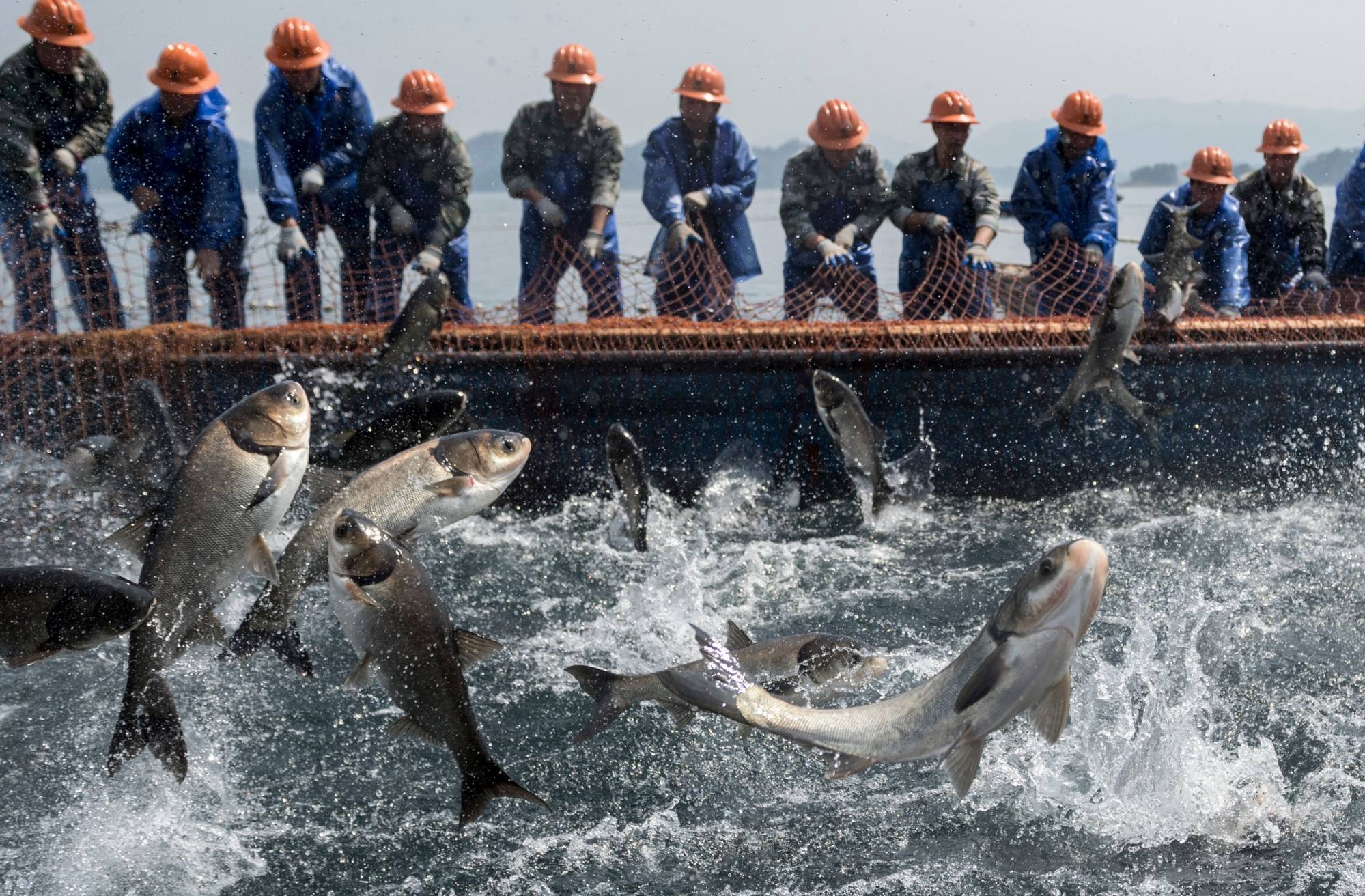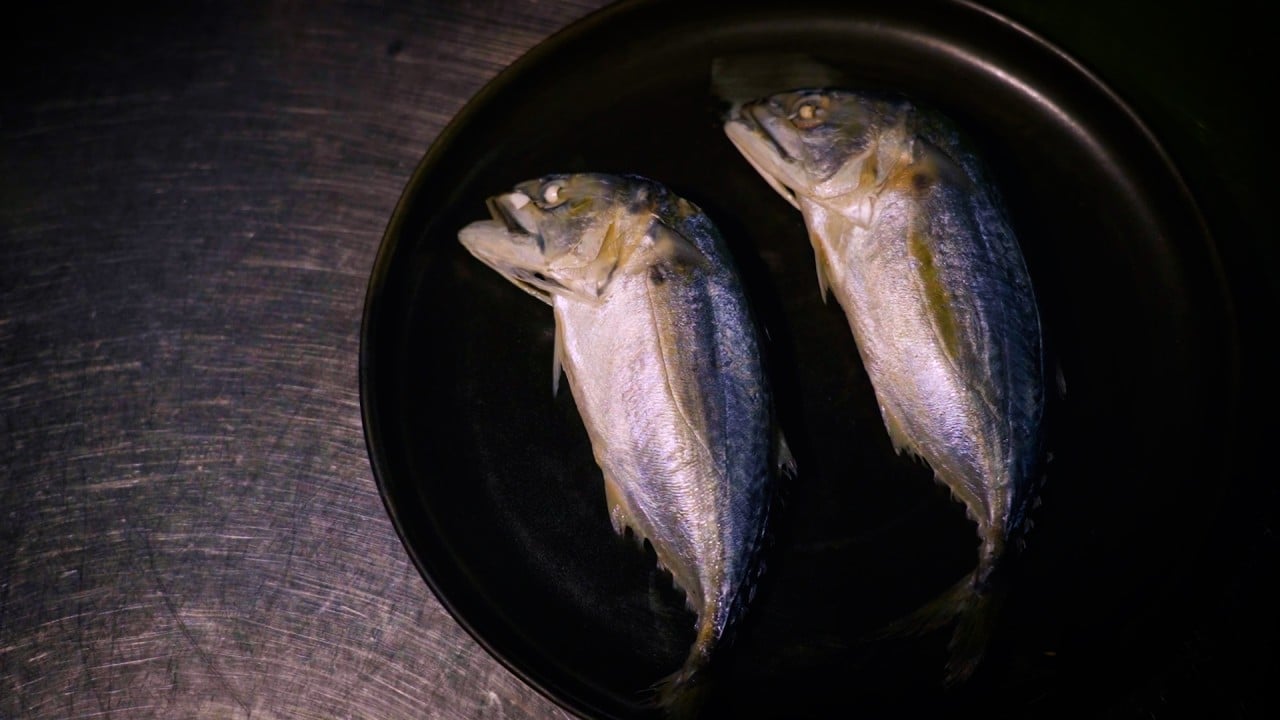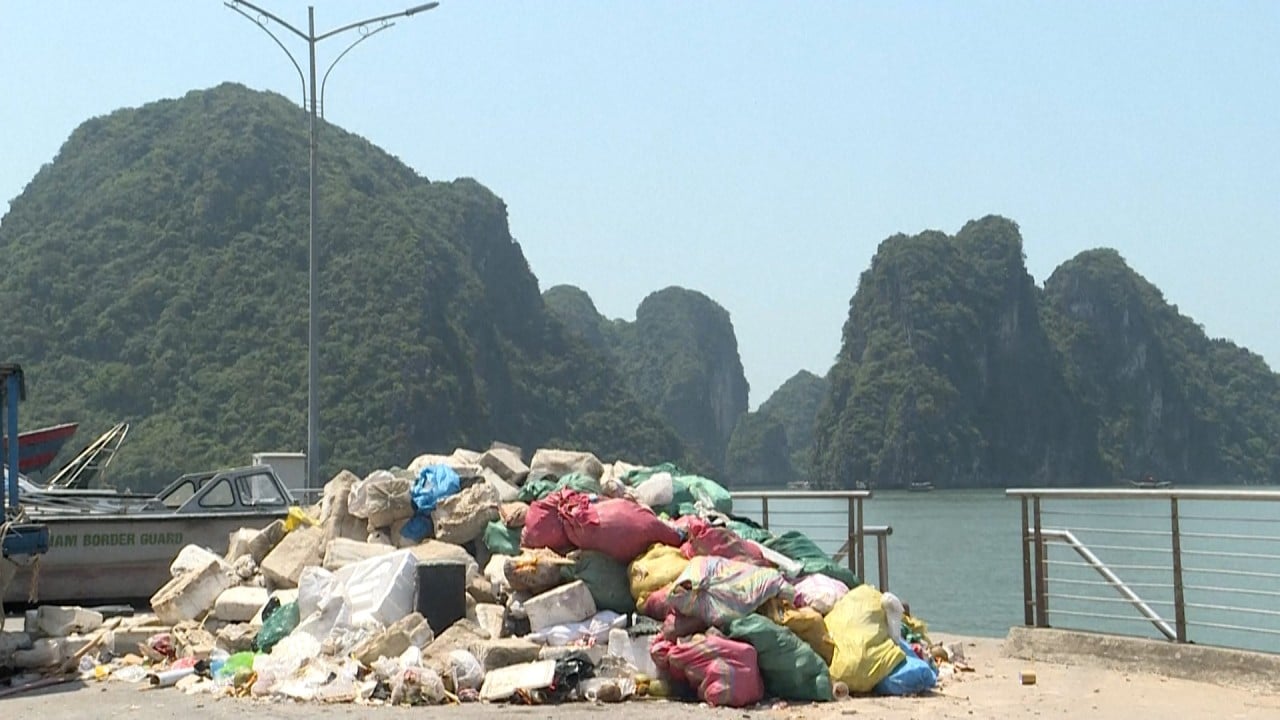And, as the FAO report predicted, our reliance on aquaculture will continue to grow, with a 10 per cent rise in aquatic consumption by 2032 to around 205 million tonnes. If we are to meet global demand in 2050, when the world population is expected to reach 9.7 billion, production must rise 22 per cent.
This hectic growth makes fisheries one of the most important contributors to the global economy. It accounts for more than 60 million jobs worldwide, with an output value amounting to more than US $470 billion and global trade valued at about US$195 billion.
Perhaps predictably, the report’s predictions raised alarms among hundreds of global environmental advocacy groups. Most notable was an open letter to Manuel Barange, the FAO’s assistant director general for fisheries and aquaculture, from 160 experts and civil society groups, including leaders from the Global Salmon Fishing Resistance, Katheti and Don’t Cage Our Oceans. Noting the FAO’s call for a 75 per cent growth in sustainable aquaculture by 2040 compared to 2020 levels, the authors said they were “deeply concerned about how [the FAO plans] to achieve it”.
Acknowledging the FAO’s efforts to tackle the negative environmental impacts of aquaculture through its Blue Transformation in Action sustainability road map, it focused in particular on the need to remove “carnivorous fin fish” such as salmon, shrimp, sea bass, sea bream and tuna from its “sustainable aquaculture” list.
Barange admitted that 20 per cent of the world’s wild catch was used to feed farmed fish. Financial Times research recently identified the Norwegian company Mowi to be the world’s biggest salmon producer, as well as a supplier to big supermarket groups like Tesco, Aldi and Lidl.
“The bottom line is that, in our current world, there is no farming of carnivorous fin fish which is environmentally sustainable”, they said, calling for “concrete, enforceable international standards for the remediation of damaged environments, and the expansion of genuinely sustainable aquacultural options”.
The open letter makes some good points. However, any honest effort must emphasise that the Asia-Pacific region accounts for most of the world’s aquaculture. China alone accounts for 36 per cent of aquaculture production, and Indonesia, India and Vietnam for another 20 per cent.

The FAO says that, of 4.1 million fishing vessels worldwide, China is home to 564,000, the largest fleet in the world by far, even though it has halved from more than 1 million boats in 2013.
It is also noteworthy that, in 2019, China accounted for about 21 per cent of global fisheries subsidies – providing US$7.2 billion’s worth. These kind of subsidies play such a large role in sustaining unsustainable fishing practices.
Quite how this open letter can expect any traction when it does not pay explicit attention to the Asia-Pacific region creates a troubling conundrum. In practical terms, the environmentalists’ cannons are turned to regions of the world that are playing a negligible role in the problems they describe.
Only if the problems are tackled across Asia – and specifically in China, India and Indonesia – are we likely to see material progress towards sustainable aquaculture. The FAO, through its Blue Transformation in Action sustainability road map, seems to be forming an intelligible plan. In contrast, the well-meaning environmental lobbies seem to be pointing their guns in an ineffectual direction, and will need to gather allies in the Asia-Pacific region if they are to make a meaningful contribution.
David Dodwell is CEO of the trade policy and international relations consultancy Strategic Access, focused on developments and challenges facing the Asia-Pacific



